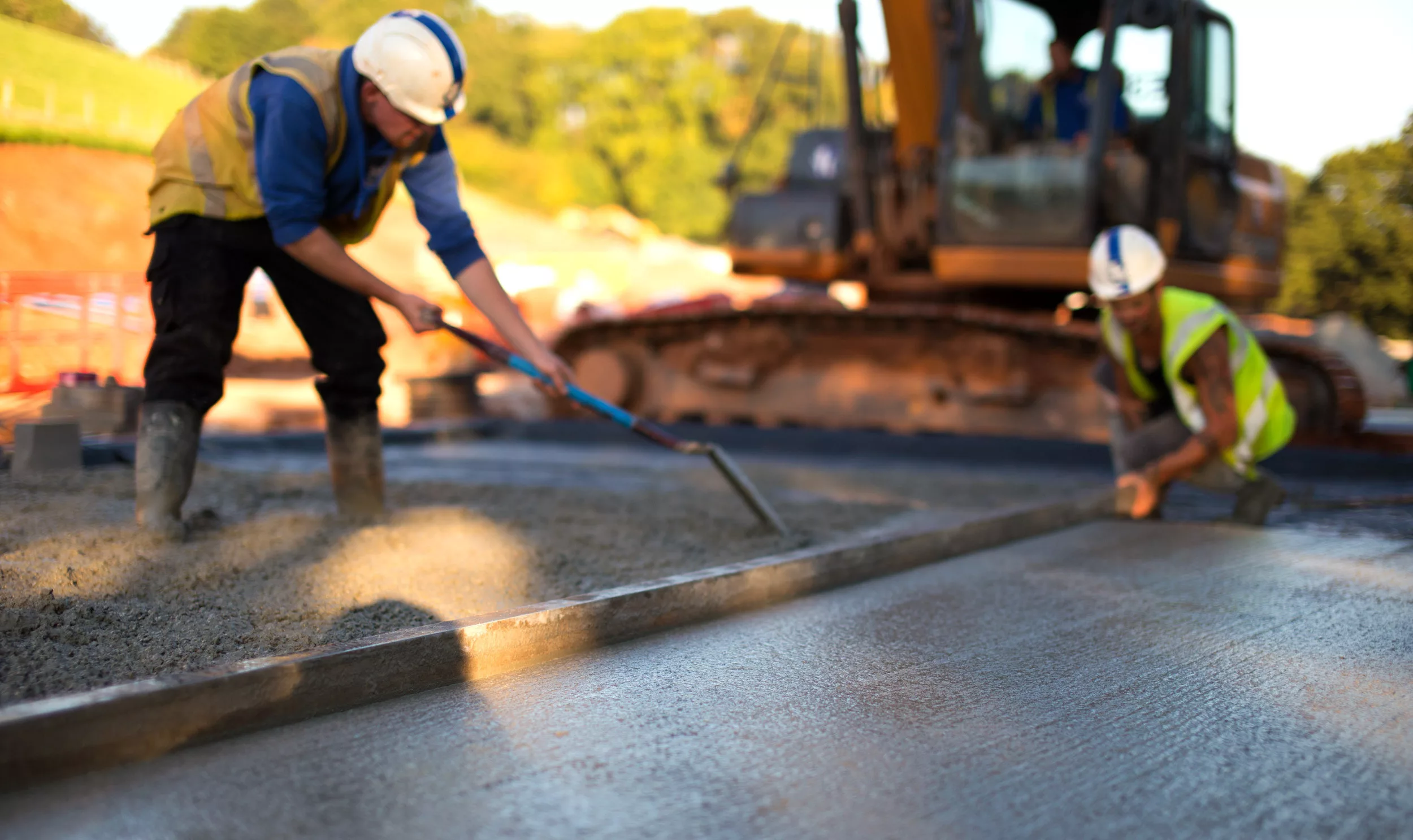
In recent years, there has been a global push towards sustainable and eco-friendly construction practices. As industries grapple with the challenges of environmental conservation, they’re looking at innovative ways to minimize their carbon footprint and promote sustainability. One unexpected hero in this eco-revolution might be the John Deere Skidder, a machine traditionally used in forestry.
What is a John Deere Skidder?
A skidder, in its most basic definition, is a type of heavy equipment used in the logging industry to transport logs. The primary function is to drag or “skid” logs from where they are cut to a road or landing area, where they can be further processed or loaded onto trucks. John Deere, a renowned manufacturer of agricultural, construction, and forestry machinery, produces skidders that are lauded for their efficiency, durability, and technological advancements.
Historical Background of the John Deere Skidder
- The Birth of John Deere: The origins of John Deere as a company trace back to 1837 when John Deere, the man, designed a polished steel plow that could efficiently cut through the sticky Midwest soil. This invention paved the way for a company that would become synonymous with agricultural and industrial machinery.
- Diversification into Forestry: John Deere ventured into the forestry equipment sector in the 20th century. Their entrance was driven by the understanding that, like farming, logging had unique challenges that required specialized equipment. By the 1970s, John Deere became a significant player in the forestry equipment market.
- The Emergence of Skidders: John Deere introduced its first skidders in the late 1960s. These machines were designed to help loggers transport large logs more efficiently. Over the years, they’ve refined the design, added new features, and incorporated advanced technology to ensure their skidders remain at the forefront of logging operations.
- Evolution and Innovations: Through the years, John Deere’s skidders have seen numerous changes:
- Cable Skidders: The earliest skidders were primarily cable skidders. They used winches and cables to drag logs.
- Grapple Skidders: As technology evolved, John Deere introduced skidders with hydraulic grapples, eliminating the need for manual chokers and improving efficiency.
- Advancements in Tech: The newer models of skidders from John Deere come with advanced features, such as better fuel efficiency, increased power, advanced telematics for fleet management, and improved operator safety features.
- Commitment to Sustainability: John Deere has always emphasized sustainable logging. Their skidders are designed to have a reduced environmental impact, which includes features like efficient fuel consumption, reduced soil compaction, and protection for young growth and residual trees.
John Deere Skidder – An Environmental Edge in Modern Construction
Reduced Soil Compaction
Skidders, designed to operate in sensitive forest terrains, are built to distribute their weight efficiently, minimizing soil compaction. Why is this important? In construction, heavy machinery can often damage the soil structure, making it less permeable and adversely affecting the local ecosystem. Using John Deere Skidders, construction projects can preserve the soil’s integrity, ensuring better water percolation and reducing runoff.
Multi-functional Capabilities
Having multiple machines running at a construction site increases fuel consumption, emissions, and the overall environmental impact. The skidder, with its potential for multifunctionality – from debris clearing to material transportation – can reduce the number of machines needed on-site. Fewer machines mean less pollution and a smaller carbon footprint.
Efficient Fuel Consumption
John Deere, as a brand, has always been at the forefront of engineering machinery that is not only powerful but also fuel-efficient. Their skidders are no exception. With better fuel efficiency, they emit fewer greenhouse gases, making construction activities a bit kinder to the environment.
Preservation of Surroundings
Construction sites, especially those near natural habitats, risk damaging the local flora and fauna. The skidder, with its precision and ability to navigate challenging terrains without causing unnecessary destruction, can play a pivotal role in preserving these natural surroundings.
Less Land Clearing
With their roots in forestry, skidders are designed to transport logs efficiently. In a construction context, this can translate to fewer trees being cleared for operations, as materials can be transported over longer distances with ease. By preserving more trees, construction projects can reduce their environmental impact and protect local ecosystems.
Future Innovations
With the construction industry showing interest in machinery like the John Deere Skidder, it’s only a matter of time before we see more environmentally focused-innovations. These could range from hybrid or electric-powered skidders to ones with advanced systems that further reduce soil disruption or emissions.
Conclusion
In the grand scheme of eco-friendly construction, the choice of machinery can make a significant difference. The John Deere Skidder, with its environmental advantages, is a testament to how industries can adapt and evolve to meet the pressing needs of our times. As construction firms increasingly prioritize the environment, tools like the skidder will become indispensable, not just for their efficiency but for the eco-friendly edge they bring to the table.






